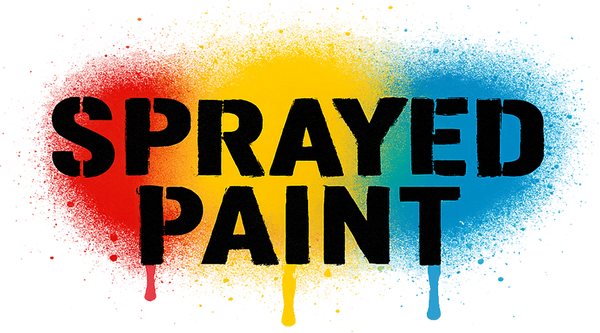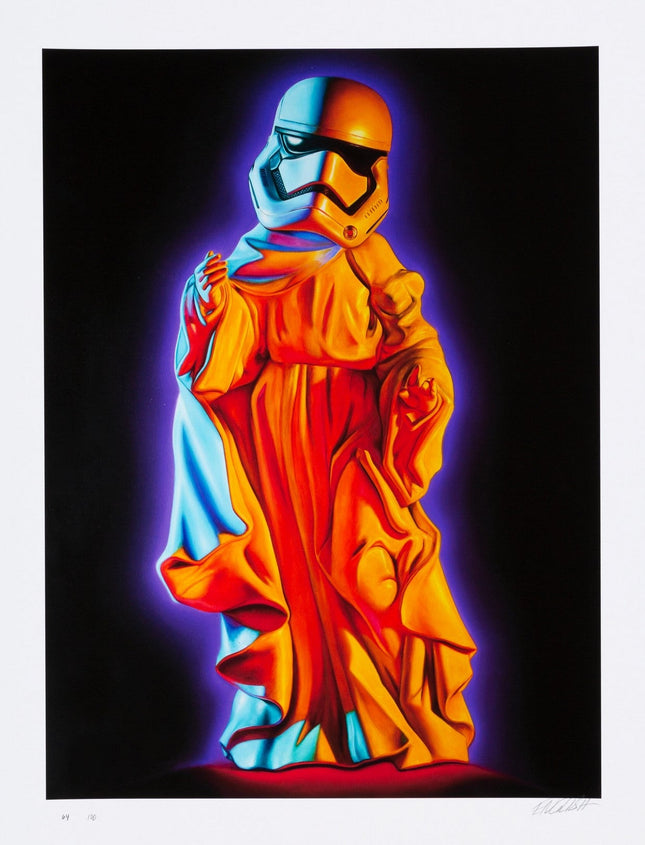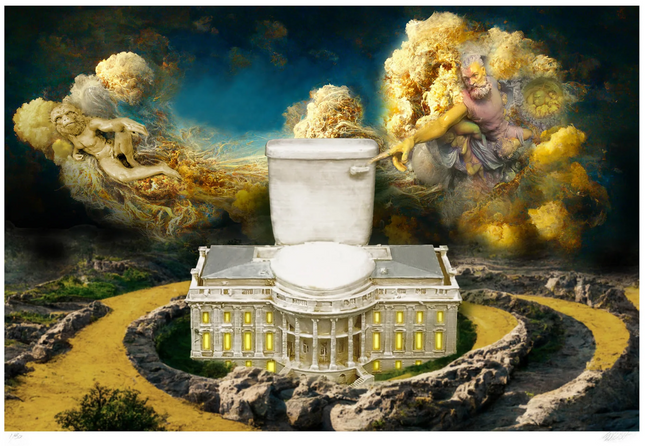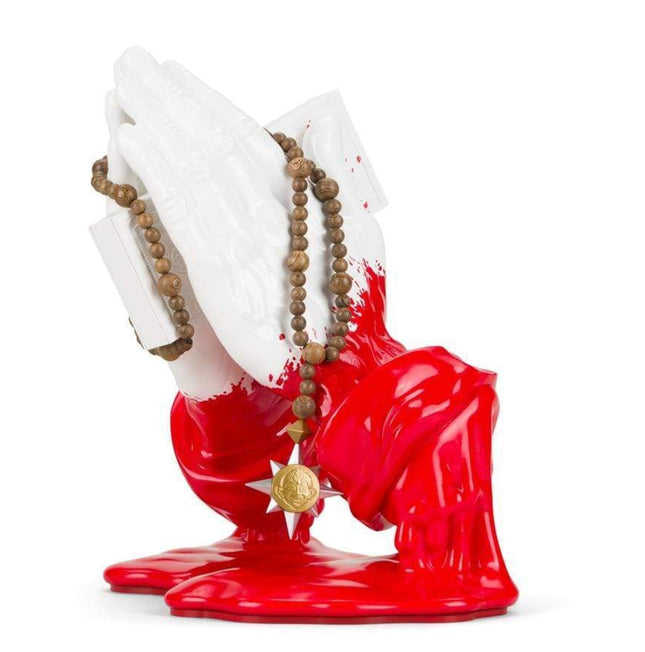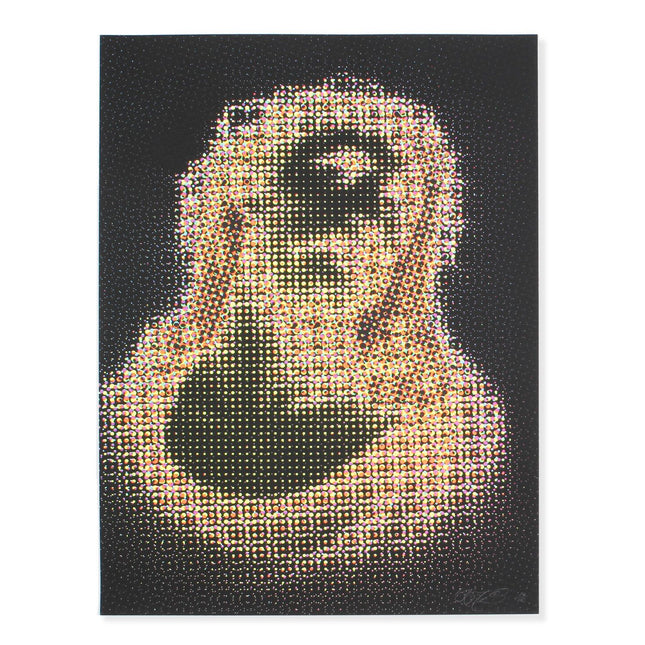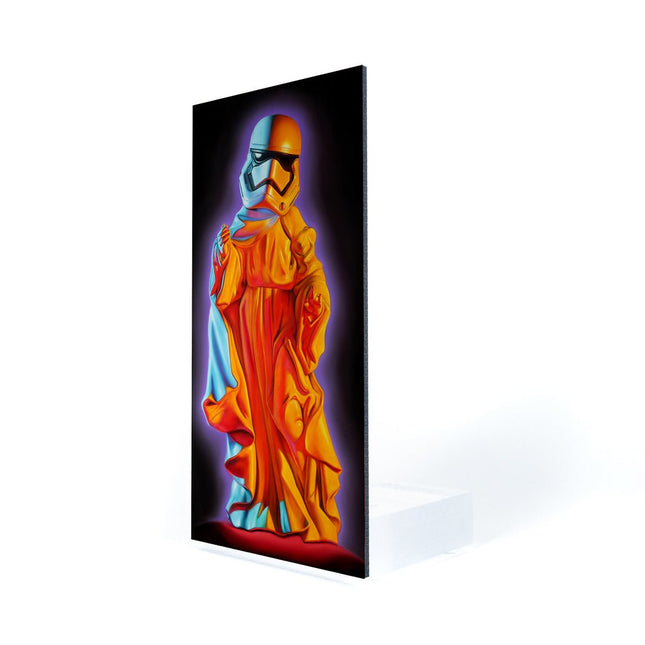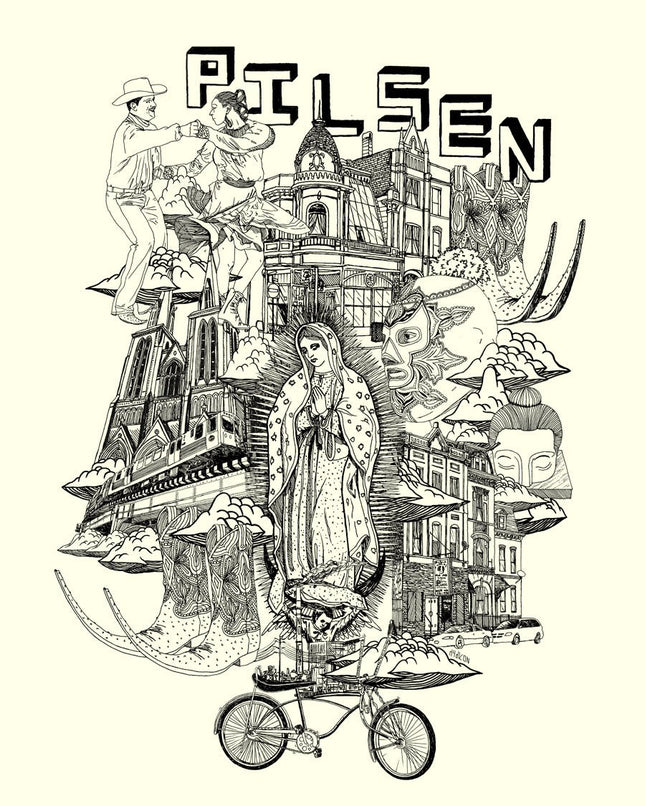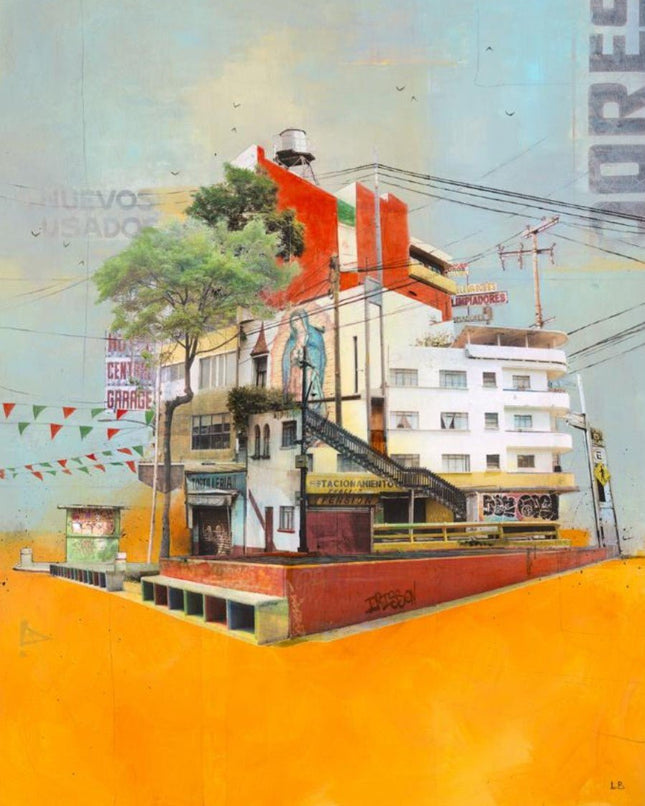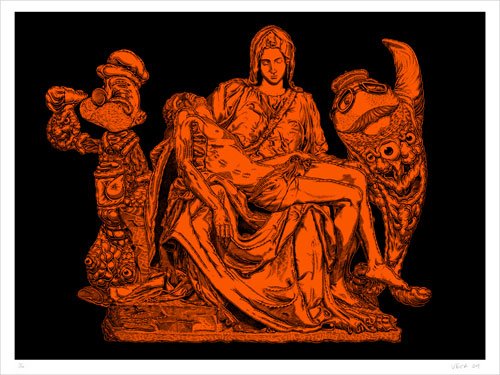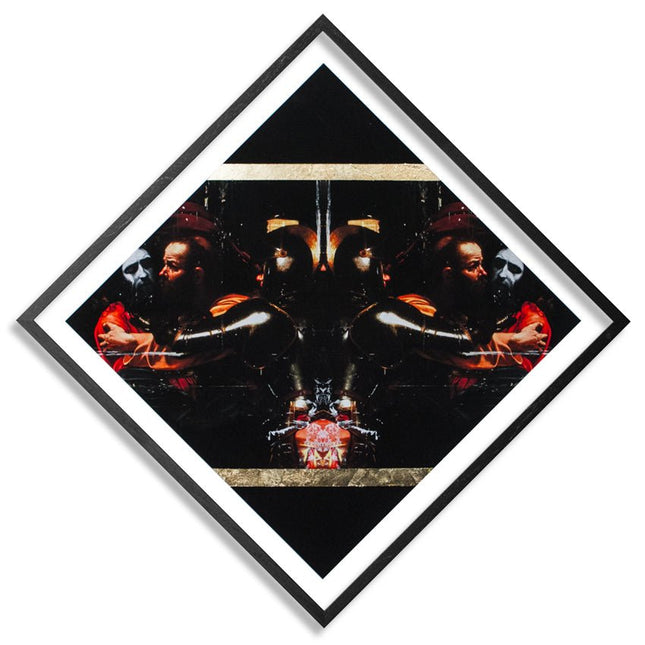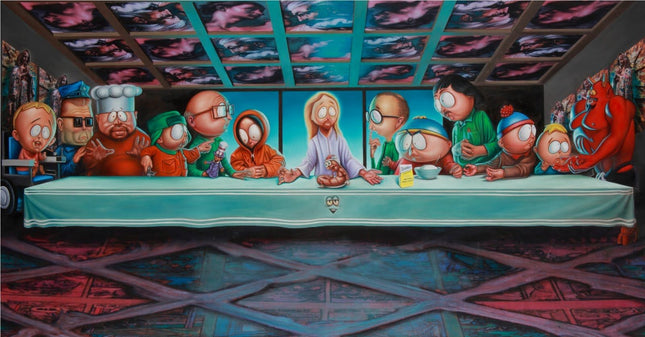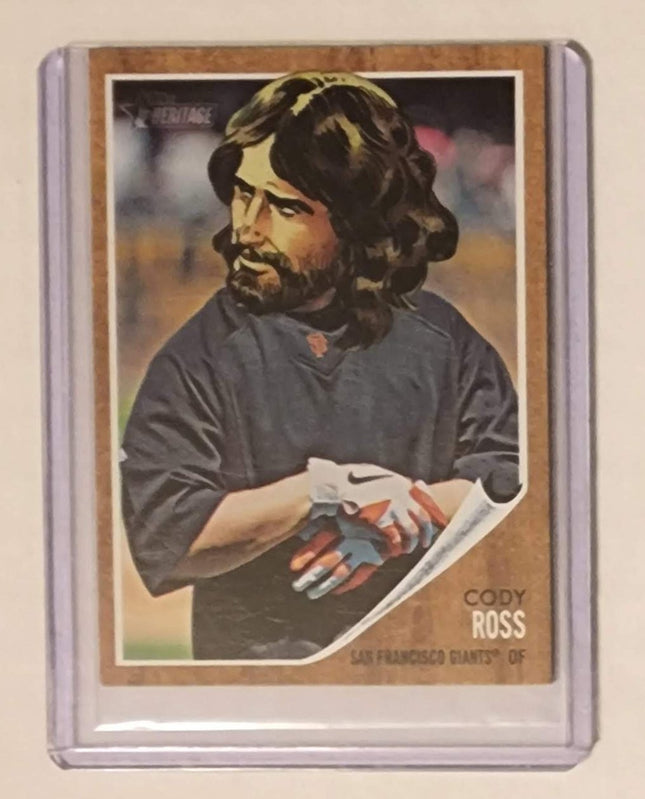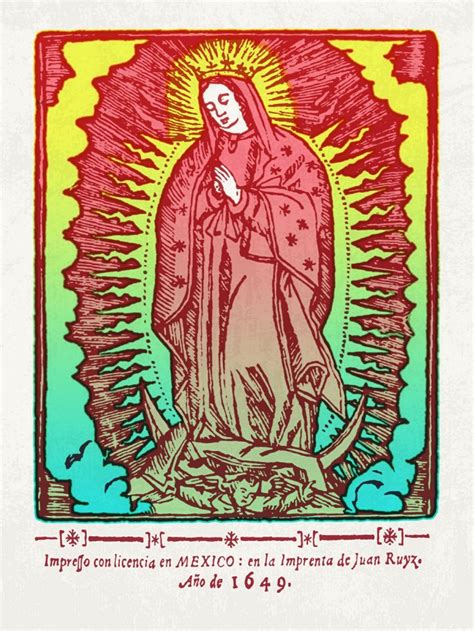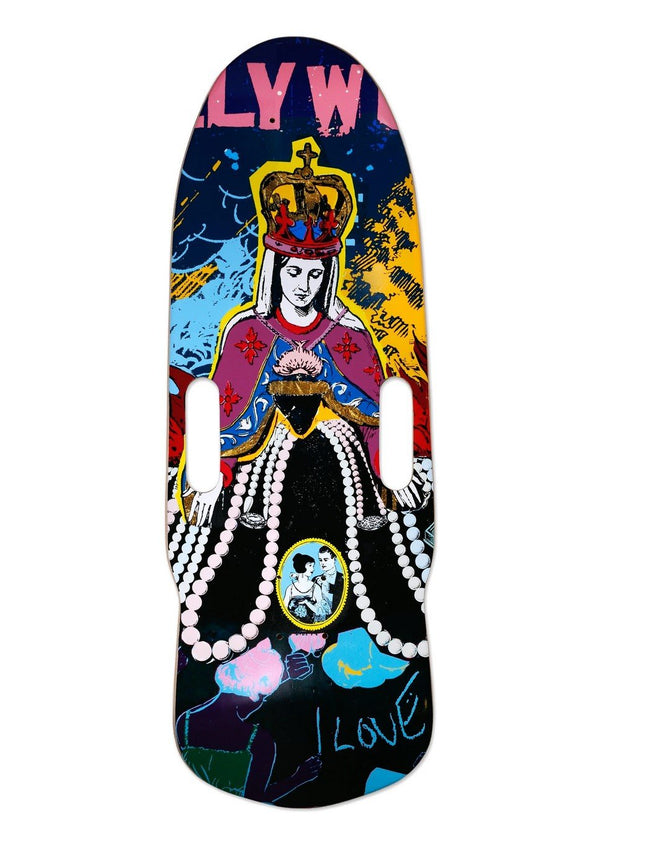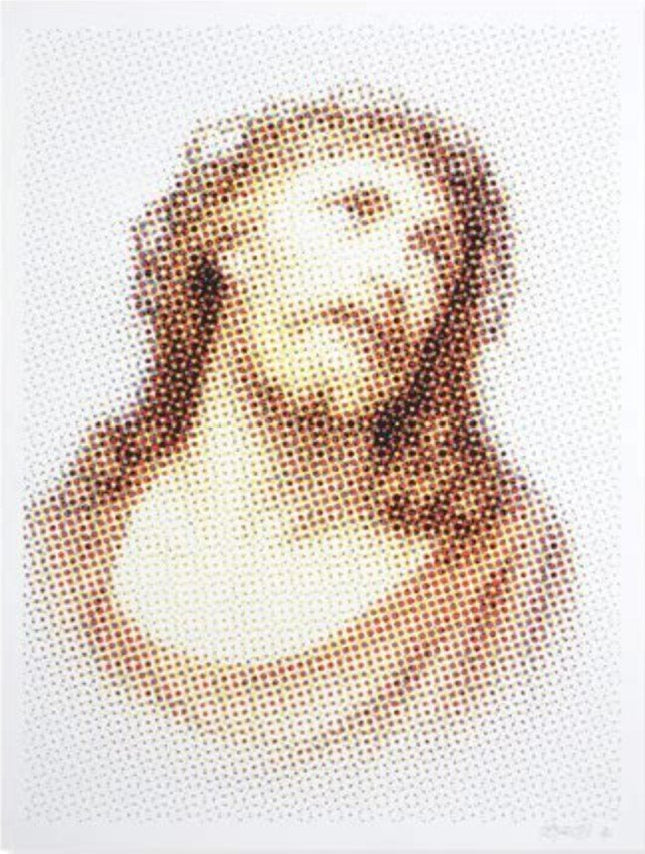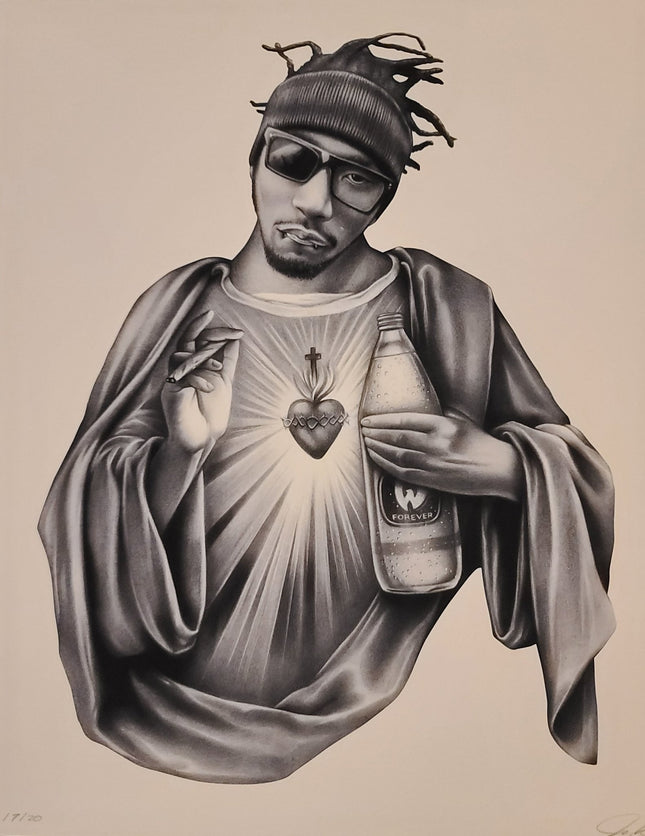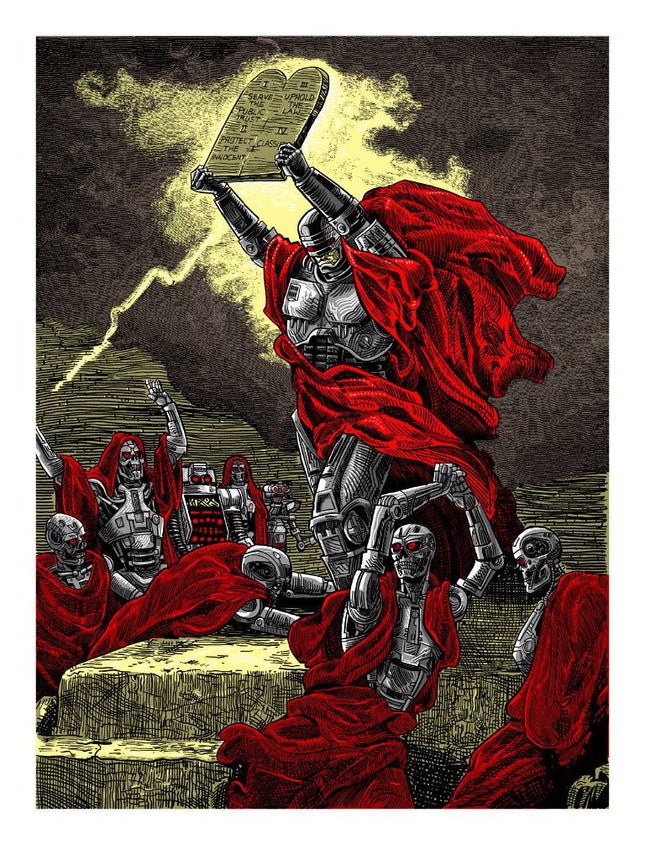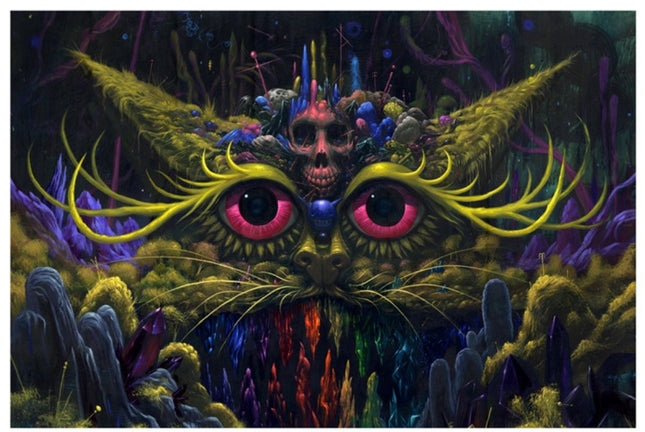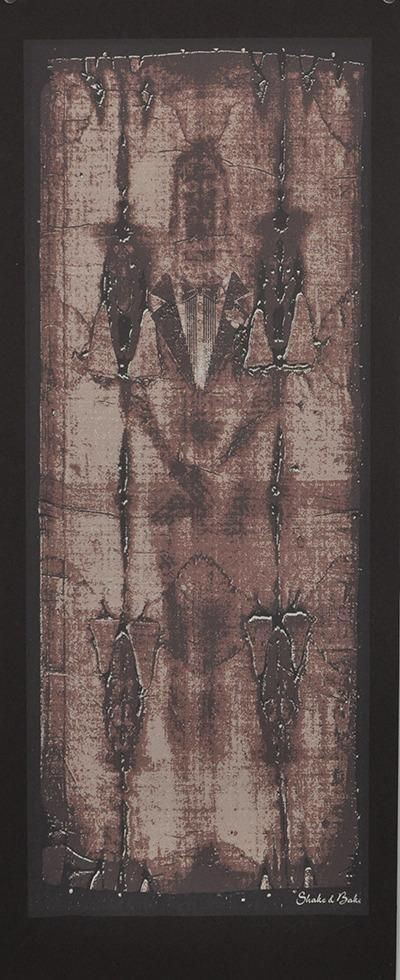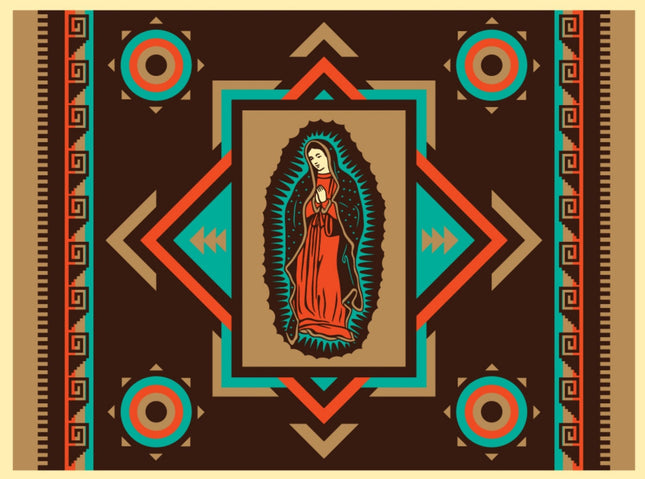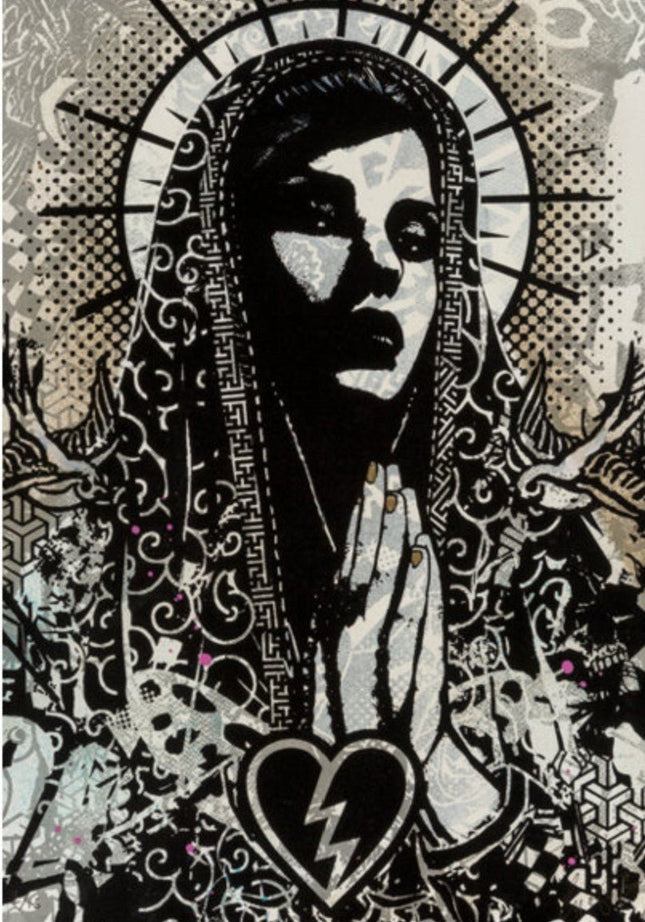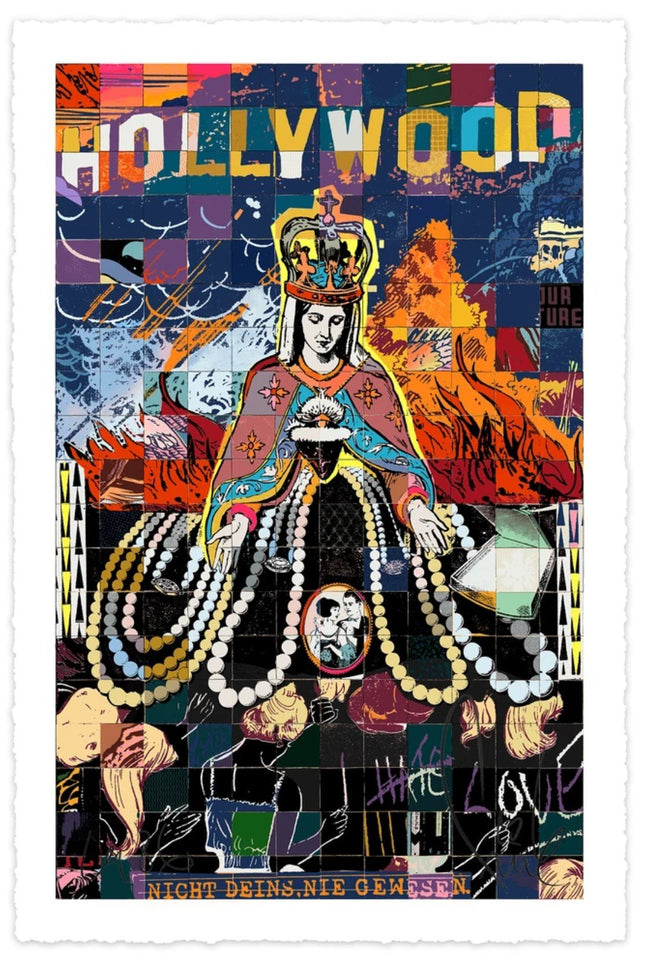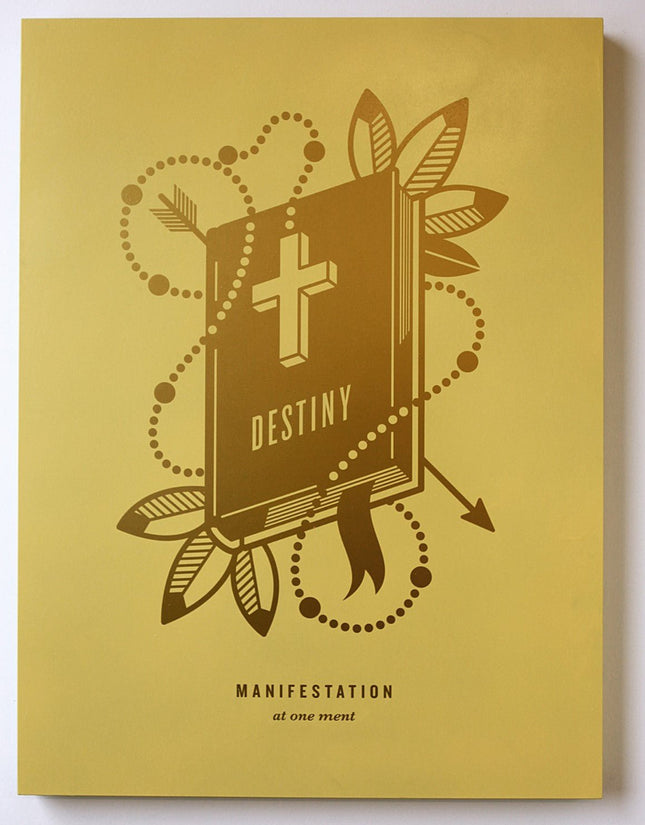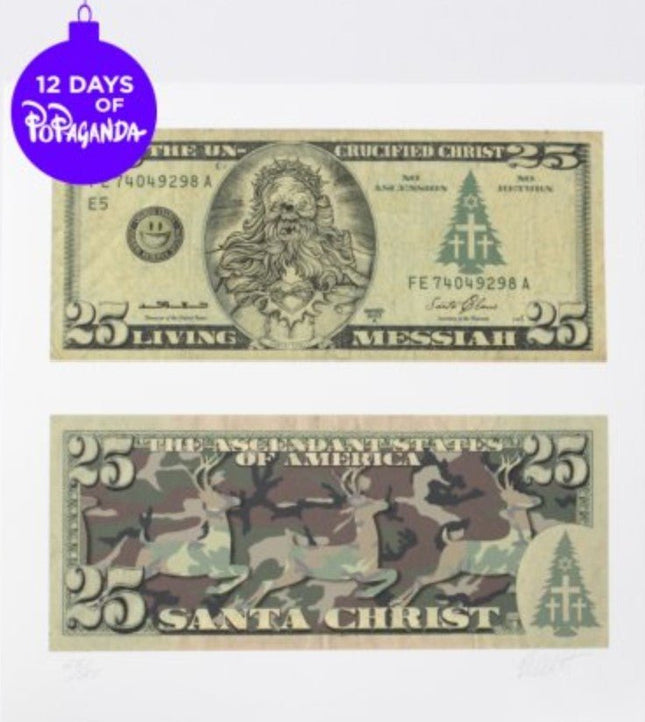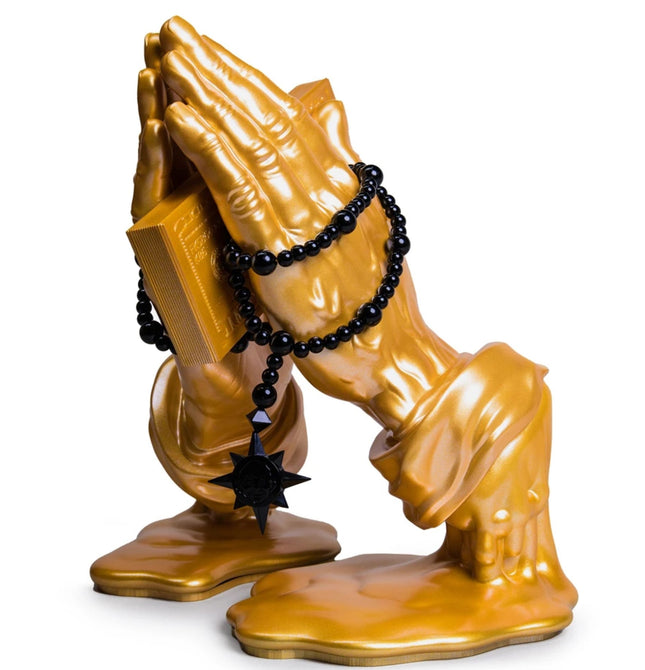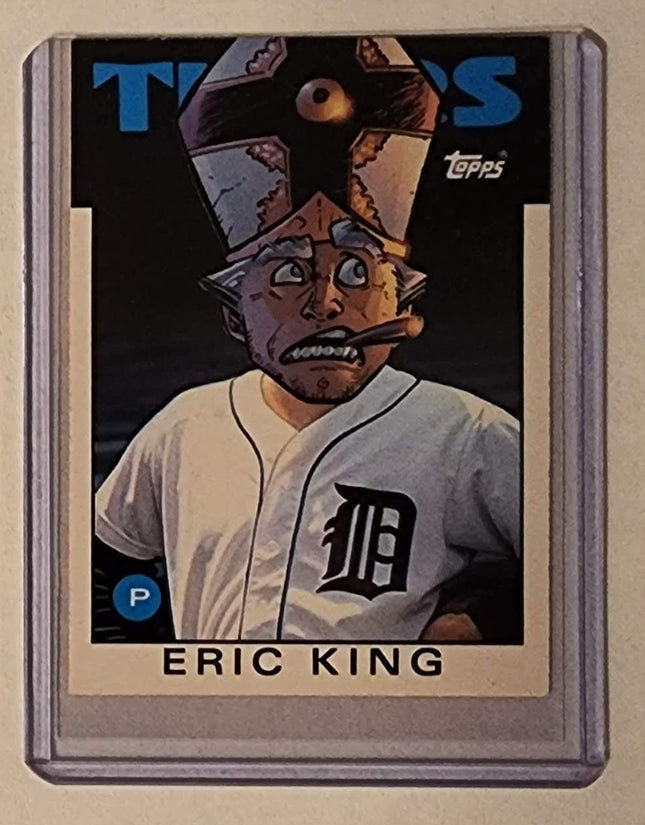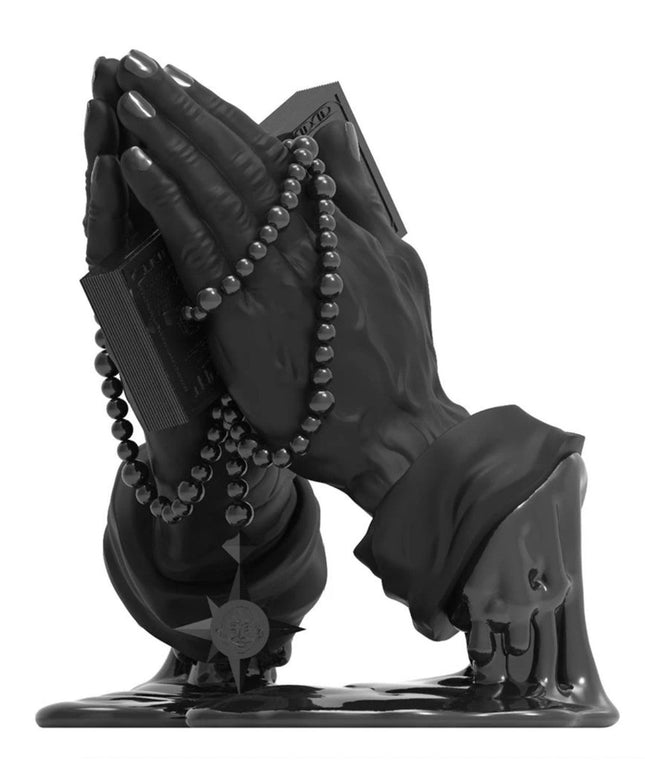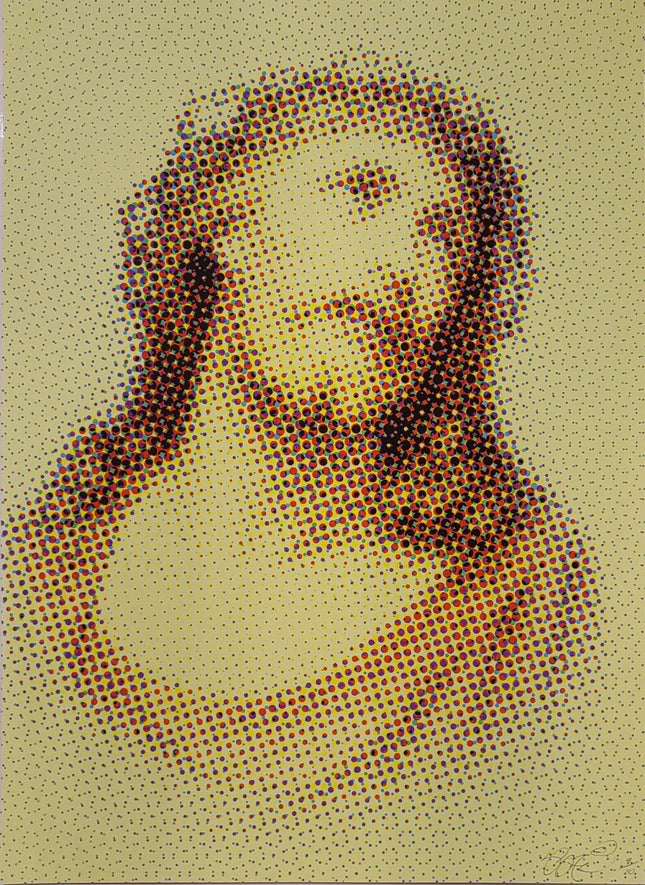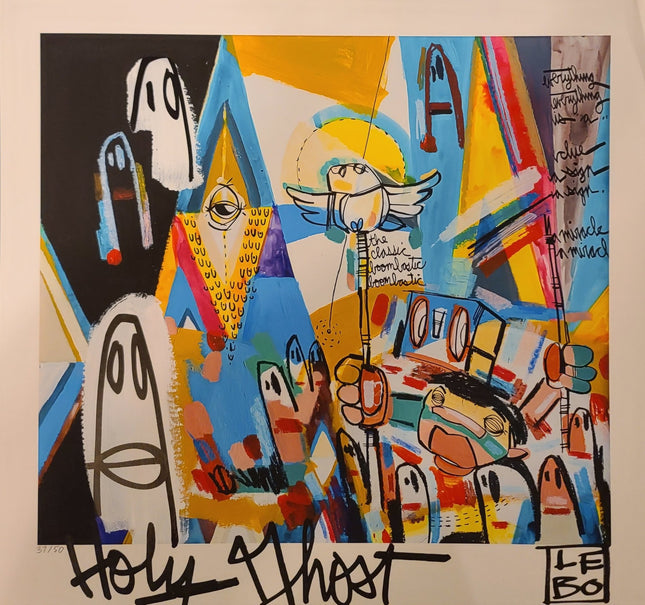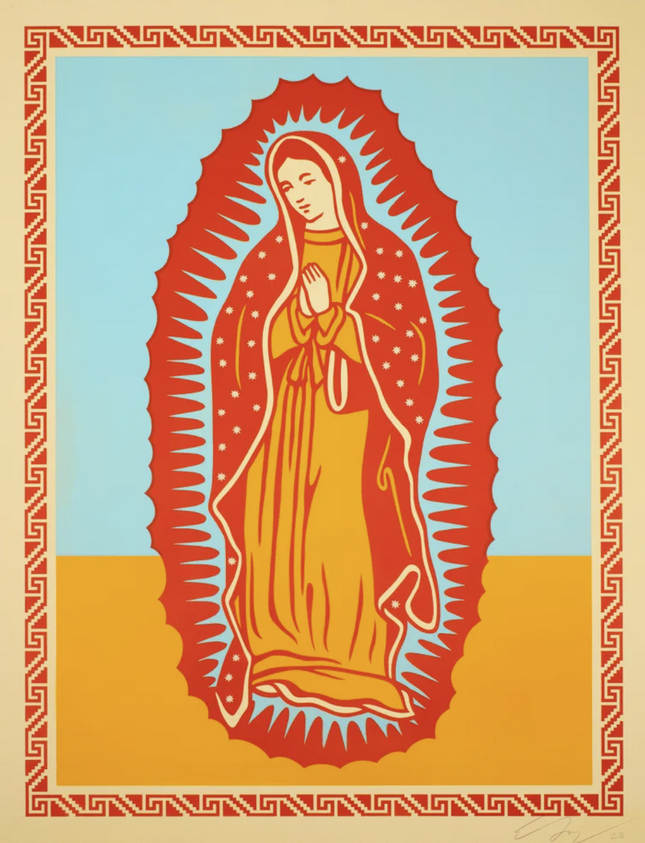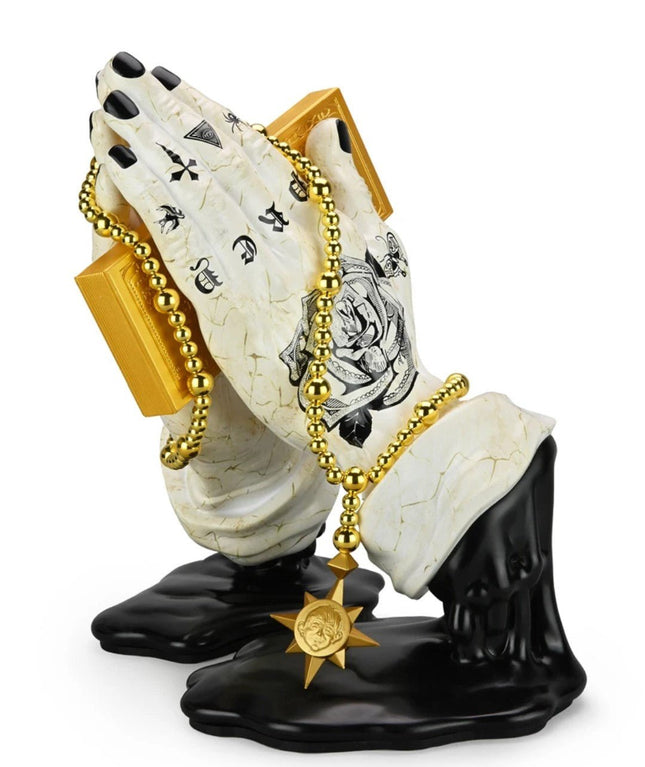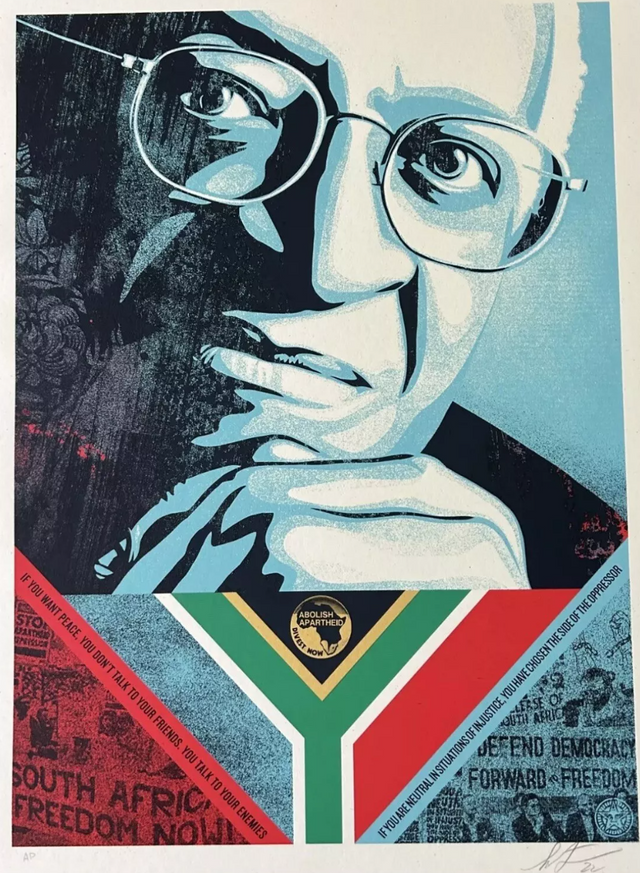
Catholic Imagery and Christian Themes in Street Pop Art & Graffiti Artwork
Catholicism and Christian iconography have had a lasting presence in Street Pop Art & Graffiti Artwork across the globe. These religious themes are often used not only for reverence or tribute but also as powerful vehicles of social commentary, cultural memory, and visual contrast. Artists have turned to depictions of saints, crosses, rosaries, sacred hearts, and Madonna figures to explore identity, loss, redemption, and injustice. Urban walls, canvas prints, stickers, and fine art pieces alike feature reinterpretations of Christian symbols layered with political undertones or deeply personal narratives. The fusion of sacred iconography with urban textures, tags, and abstract color fields recontextualizes centuries-old religious imagery into new forms of public expression. Whether painted with aerosol, stenciled on abandoned buildings, or screen printed onto modern textiles, Christian symbols remain one of the most resilient and recognizable motifs across global street cultures.
Influence of Catholic Art History on Urban Visual Language
Many graffiti artists with roots in Latin America, Southern Europe, or the United States incorporate Catholic themes as a reflection of their cultural heritage. These visual references often stem from deep historical traditions, including stained glass compositions, altar painting, and Baroque devotional art. Street artists influenced by this lineage transform classical religious elements into confrontational or celebratory graffiti forms. Halos become neon bursts, praying hands emerge through aerosol mist, and Jesus figures are rendered alongside political slogans or community dedications. The cathedral-style reverence for visual balance, symmetry, and gold-toned highlights has been reimagined through spray paint, wheatpaste, and digital reproduction, all while retaining the emotional resonance of traditional Catholic artworks. Artists often pay homage to their upbringing or reinterpret biblical figures as revolutionary icons in modern social justice struggles.
Christian Symbolism and Urban Protest Expression
In contemporary graffiti and street pop styles, Christian symbols are frequently used to draw attention to societal contradictions or hypocrisies. Street Pop Art & Graffiti Artwork has long served as a mirror for the marginalized, and symbols such as the crucifix or crown of thorns are often placed in harsh urban landscapes to convey sacrifice, resilience, and critique. Artists use these elements to express both protest and prayer, subverting religious iconography to question violence, inequality, or political oppression. By placing these symbols on condemned buildings, abandoned train cars, or construction barriers, the sacred is situated among the discarded, creating a potent contrast that captures both spiritual power and societal critique. This repurposing of Christian iconography connects with a broader tradition of using art as a public tool for storytelling, resistance, and cultural survival.
Notable Artists and the Global Reach of Christian Themes
Street artists such as RETNA from the United States have used typographic systems inspired by spiritual scripts including Latin-based letterforms to invoke both religious and mystical significance. In South America, Catholic saints and martyrs are common features on public murals commemorating victims of violence or civil unrest. In Europe, street artists in countries with strong Catholic histories such as Italy, Spain, and France use Christian iconography to engage with contemporary secularism, migration, and memory. These works blur the lines between gallery art and graffiti, fine art and folk ritual. As Street Pop Art & Graffiti Artwork continues to evolve globally, Catholic and Christian themes remain present not only as inherited symbols but as contemporary tools for exploring meaning, morality, and memory in urban spaces.
